This article combines information about male-to-female (MTF) vaginoplasty, a key procedure in the sex reassignment journey of a trans woman, with the personal experience of Emy, a transgender woman who underwent this surgery. Vaginoplasty, involving the inversion of the penis to create a vagina, can result in a fully sensate neovagina, as experienced by Emy.
Dr. MacPhee, a noted surgeon in this field, conducts the procedure by disassembling the penis and using the inverted penile and scrotal skin flap, along with the urethral flap, to construct a new vulva, clitoris, and vagina. This method preserves the blood and nerve supplies, ensuring sensation, and employs the urethra to create the mucosal part of the vagina, adding sensitivity and natural lubrication. The remaining penile and scrotal tissues are fashioned into the clitoral hood and labia.
Emy’s personal narrative provides insight into the procedure’s impact. She describes the recovery as challenging, with unexpected and graphic aspects, such as the potential for some tissues to lose blood flow and “melt off.” Emy highlights the anatomical similarities between male and female genitalia and notes significant changes in her orgasms post-surgery, describing them as more intense and full-body experiences.
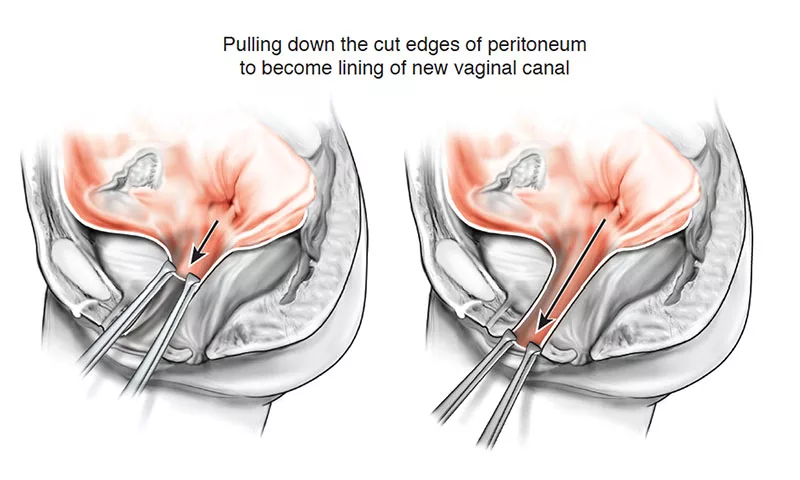
The depth and diameter of the neovagina, as Emy and others may find, can be limited due to the narrowness of the male pelvis. During surgery, a stent is placed to form the vaginal dimensions. Post-operatively, patients like Emy are required to diligently follow a dilation protocol: dilating three times a day for 50 minutes each during the first year, followed by maintenance dilation for life. This process is essential for maintaining the health and functionality of the neovagina.
Emy, in her journey, also touches on the financial aspects of her transition, funding her breast augmentation herself while her vaginoplasty was covered under California law. She advises against simultaneous surgeries due to the intense recovery process and concludes by sharing her experiences with post-surgery sexual intercourse, emphasizing its intensity and difference from expectations. The article also references the advancements in surgical techniques over the years, leading to improved outcomes for patients like Emy.
VAGINOPLASTY
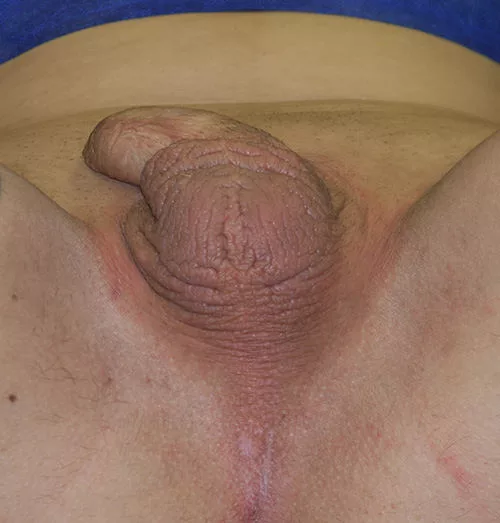
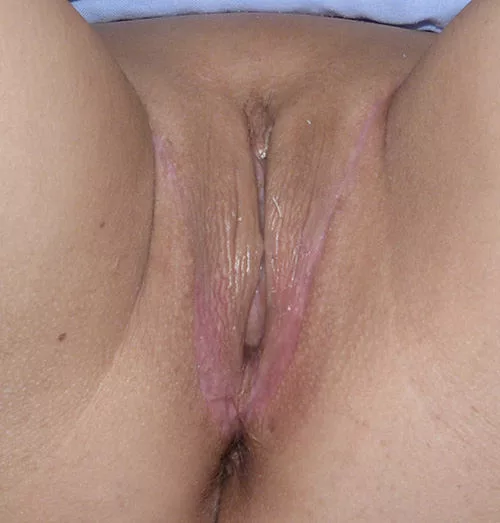
Comprehensive Guide to Vaginoplasty: Procedure, Recovery, and Care
The article on vaginoplasty from the University of Utah Health provides a detailed description of the surgical procedure for creating a vagina and vulva for transgender individuals. Here is a summary of the key points:
- Vaginoplasty Procedure:
- The surgery involves creating both an external and internal vagina using skin and tissues from the penis.
- Skin from the penis and scrotum is used to construct the inner and outer labia of the vagina.
- A new opening for the urethra is created to enable urination.
- Tissue from the foreskin is used to form the vaginal opening (introitus).
- Creation of the Vaginal Canal:
- Often, a skin graft is required to create the vaginal canal.
- If the scrotum’s skin is insufficient, additional skin can be taken from the sides of the abdomen.
- The surgeon creates a space between the rectum and bladder for the new vaginal canal.
- A material like gauze is inserted into the vaginal canal for 5 days to promote the growth of the skin graft.
- Vaginoplasty and Orgasms:
- Penis skin is used to create a clitoris, which retains sensitivity. Most transgender women can achieve orgasms through clitoral stimulation.
- Hospital Stay and Recovery:
- Patients stay in the hospital for 5 days, mainly resting, to help the skin graft integrate.
- After the removal of bandages, most patients can leave the hospital.
- Postoperative Vaginal Dilation:
- It is recommended to start vaginal dilation two weeks after the operation.
- Vaginal dilators should be used two to three times a day for the first six months following surgery.
- Preparation for Surgery:
- Hair reduction: necessary on the scrotum and lower penile skin to avoid hygiene issues.
- Quitting smoking: essential for improving blood circulation and healing.
- Weight considerations: a BMI over 35 may increase the risk of complications.
- Physical Therapy:
- Physical therapy is recommended before and after surgery to assist in preparation and recovery.
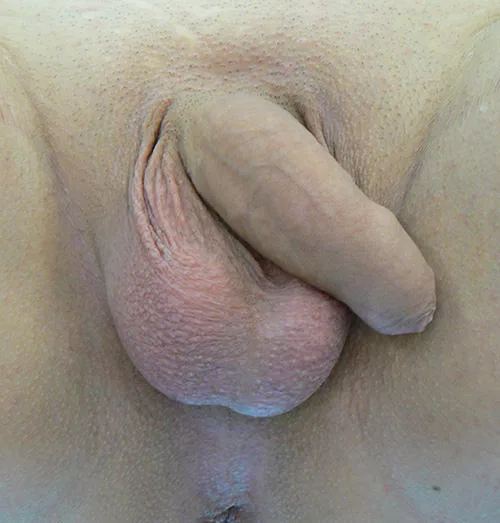
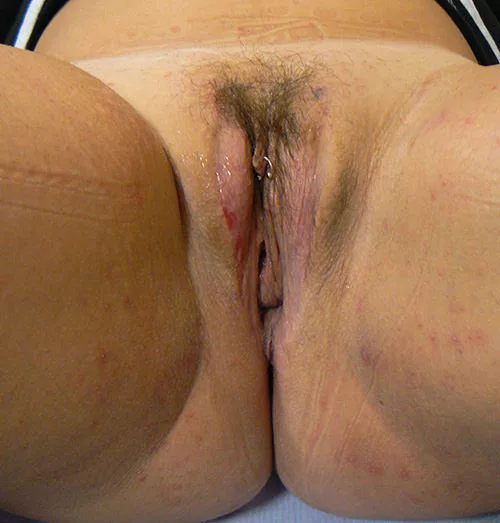
This article provides a comprehensive overview of vaginoplasty, highlighting the importance of preoperative preparation, the details of the surgical procedure, and the necessary postoperative care for a successful recovery.